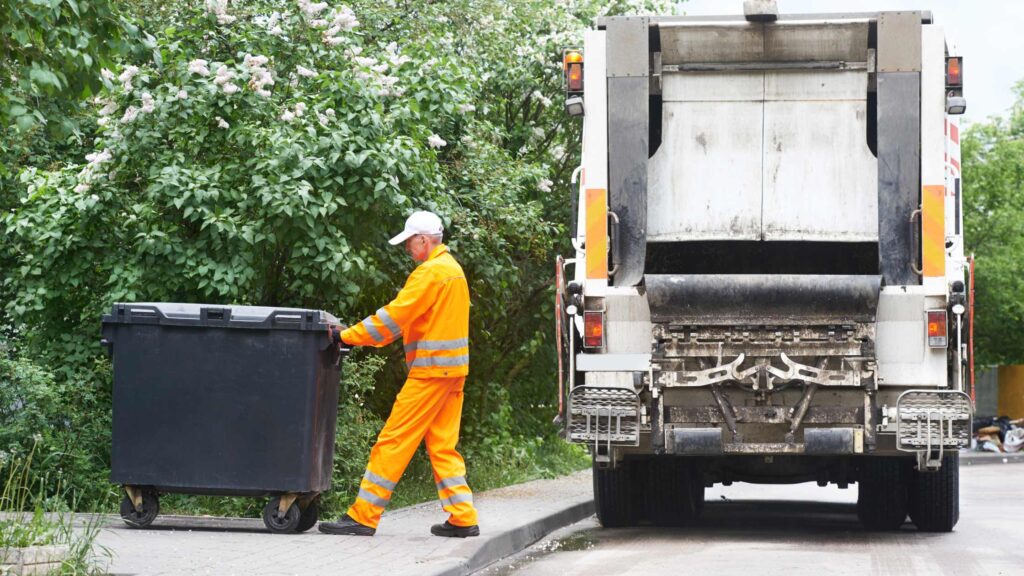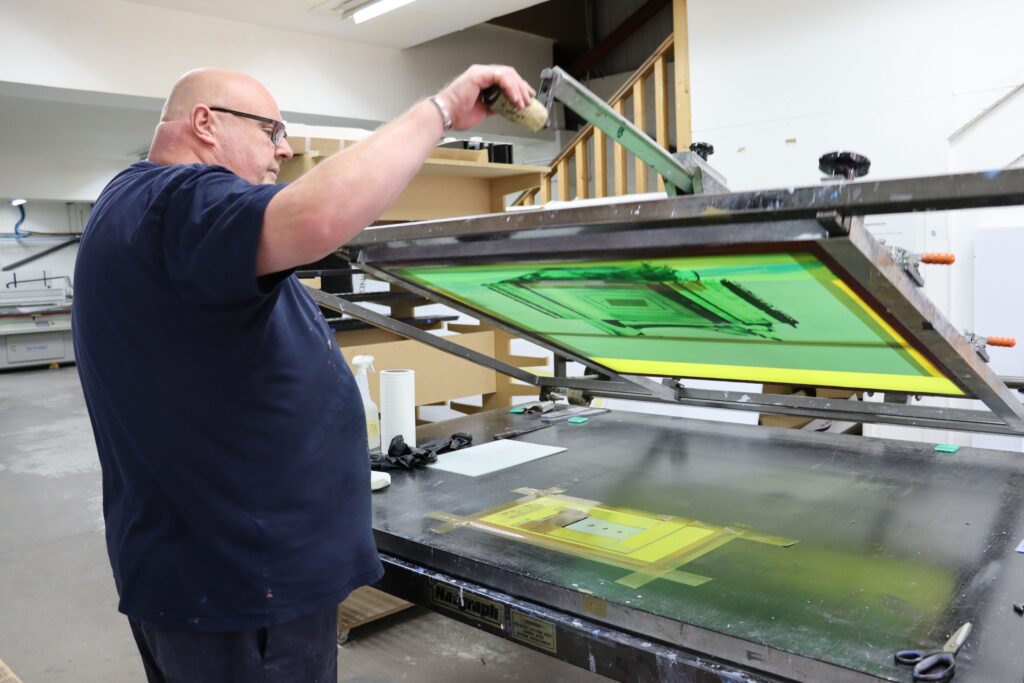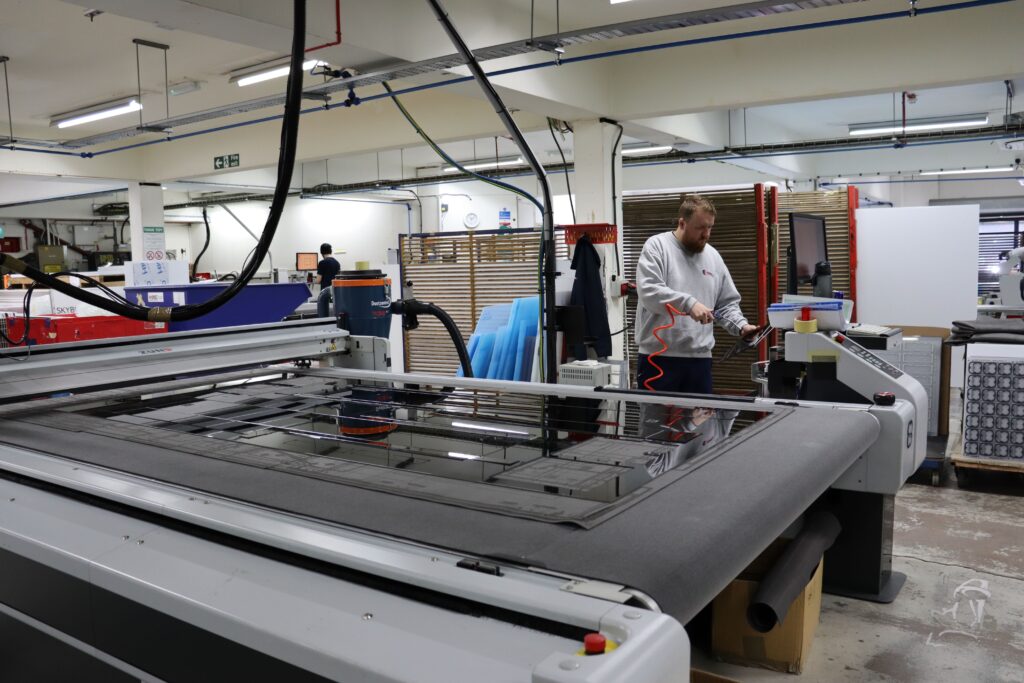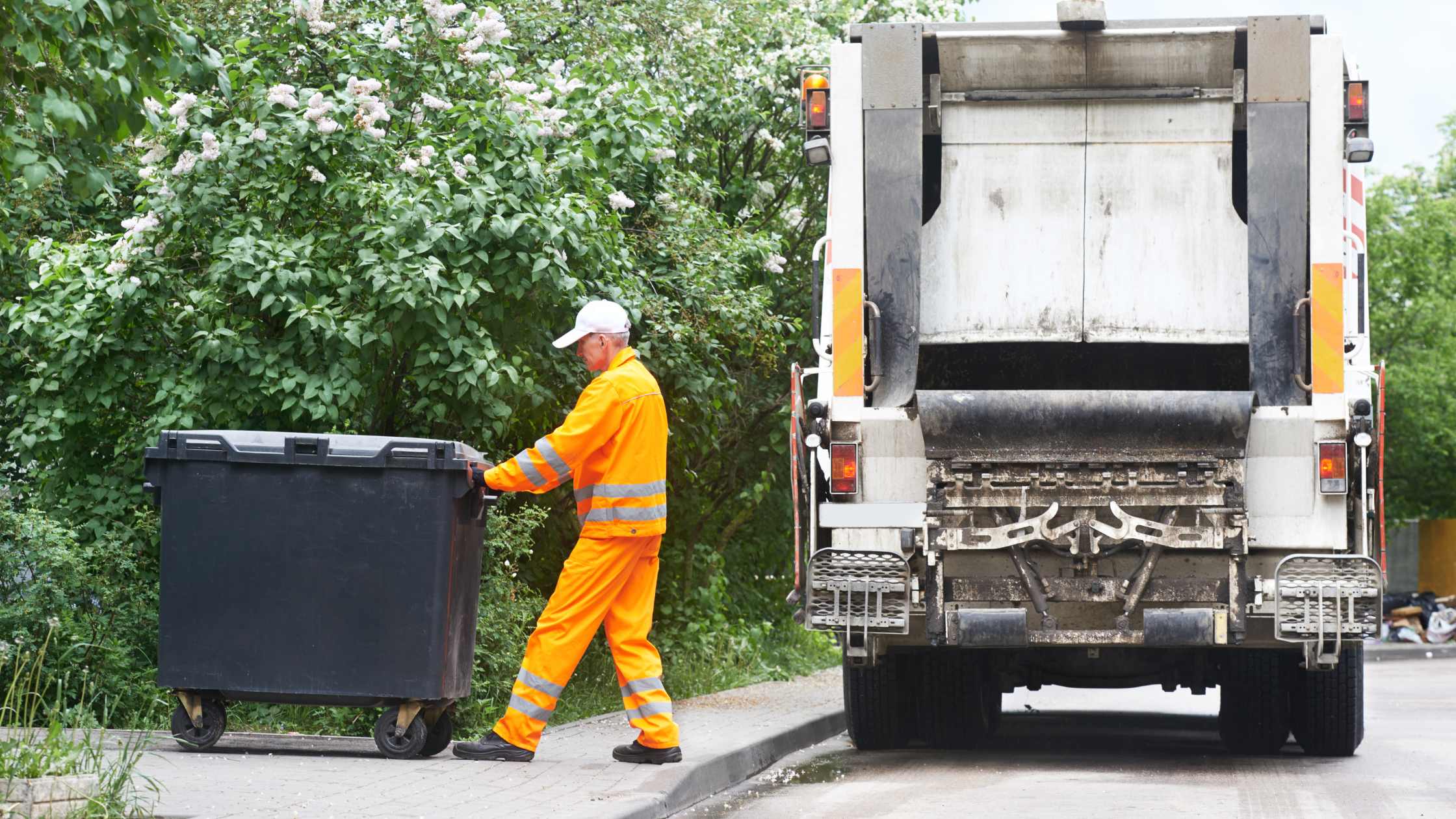Sustainability in Commercial Printing
Reduce your carbon footprint

The trajectory of the print industry in 2024 is defined by innovation, technological integration and sustainability, as businesses look to reduce their carbon footprint whilst improving quality. Here’s a few tips we’ve picked up along the way…
Wastage
Waste is unavoidable in the printing business. Waste can derive from discarded ink cartridges, decommissioned printers, and unused printouts. This exacerbates issues related to paper production such as deforestation, water pollution and methane production (a dangerous greenhouse gas). Sustainable initiatives are constantly evolving to reach the goal of zero waste to landfill. Most methods fall within one of the well known Three R’s: reducing, reusing and recycling.
The Three R’s
Reuse: finding new ways to reuse things you might’ve otherwise disposed of is a great way to green-ify your processes. Utilising excess materials and repurposing for another project can improve your productivity and generate less waste.
Recycle: recycling prevents masses of waste from being buried in landfills. In the UK alone, recycling initiatives lead to a reduction of 10-15 million tonnes of carbon emissions per year, which is equivalent to removing 3.5 million cars from the road. Paper can be recycled five to six times before it reaches its limit. At that stage, it can still be repurposed into products like egg cartons, loft insulation, paints, or even road surfaces.
Ensuring your recycling stations have efficient processes in place maximises their effectiveness and promotes environmental responsibility. Implementing clear sorting guidelines and maintaining regular upkeep is key to successful recycling.
Reduce: reducing unsustainable practices within your business is essential for improving your carbon footprint. Regularly auditing and updating your policies, waste disposal methods, technologies, and materials, and making necessary adjustments can have a significant impact.
- implementing appropriate waste disposal solutions for printing machinery and non-recyclable cut-offs.
- using recycled paper.
- continuously exploring more sustainable production methods in line with industry best practices.
We’ve outlined some of the main ones below:
UV Printing
Utilising UV printing can assist in your pursuit of sustainability. UV printing uses ultraviolet light to cure or dry ink, paint or coatings almost instantly. This uses less energy compared traditional drying methods. Additionally, UV-cured inks are free of volatile organic compounds (VOCs), which are harmful to the environment.

Speaking of inks…
Biodegradable inks are kinder to the environment as they produce less greenhouse gasses than petroleum-based inks. According to EcoEncolse, algae-based ink is the top choice, which uses a carbon-negative algae-derived pigment to colour the ink. Available in both soy and water-based formulations, algae-based ink can be used across a wide variety of printing methods.
Digitalisation
Whilst traditional printing methods have undergone vast developments in waste minimisation and management recently, the rise of the digital printing industry has uplifted sustainable production advances. Digital printing enhances sustainability through machine design and printing technique.
One of the ways we are becoming greener is through inkjet printing and laser technology. Rather than using traditional printing, this prints directly onto the surface of the material, eliminating the use of costly and unsustainable materials found in traditional printing methods, such as film and plates.
By investing in sustainably designed machinery, we can reduce waste through automatic adjusting the size of the paper based on the printing job requirements.

Conclusion
As sustainability continues to permeate business initiatives, innovative methods pave the way to a greener printing industry. Whilst tried and tested transferrable methods such as the Three Rs (Reduce, Reuse, Recycle) continue to prevail, new and emerging technological developments expand horizons for ethical practice within the print industry.

